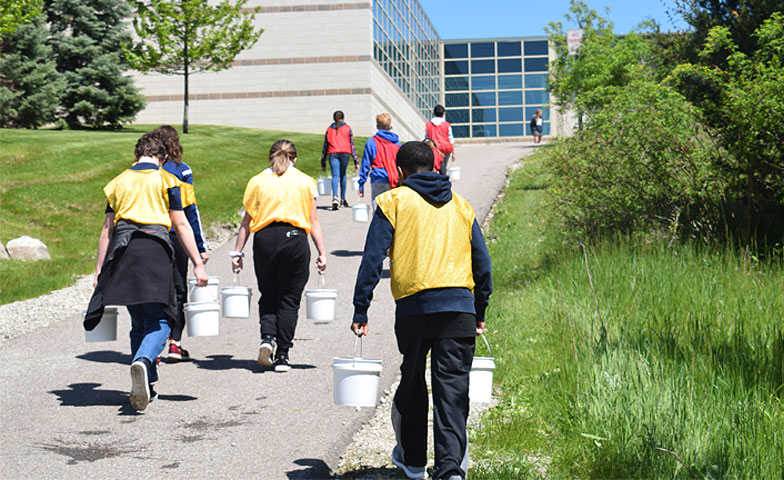
Veteran teachers share ideas and advice for teachers new to middle level education In the spring, right before and during testing in a middle school, teachers were asked to share some advice for beginning teachers. Note that the end of the year can be challenging. The stress associated with teaching plays out in many ways.
Read More… from What’s Your Best Advice for Beginning Teachers?





1